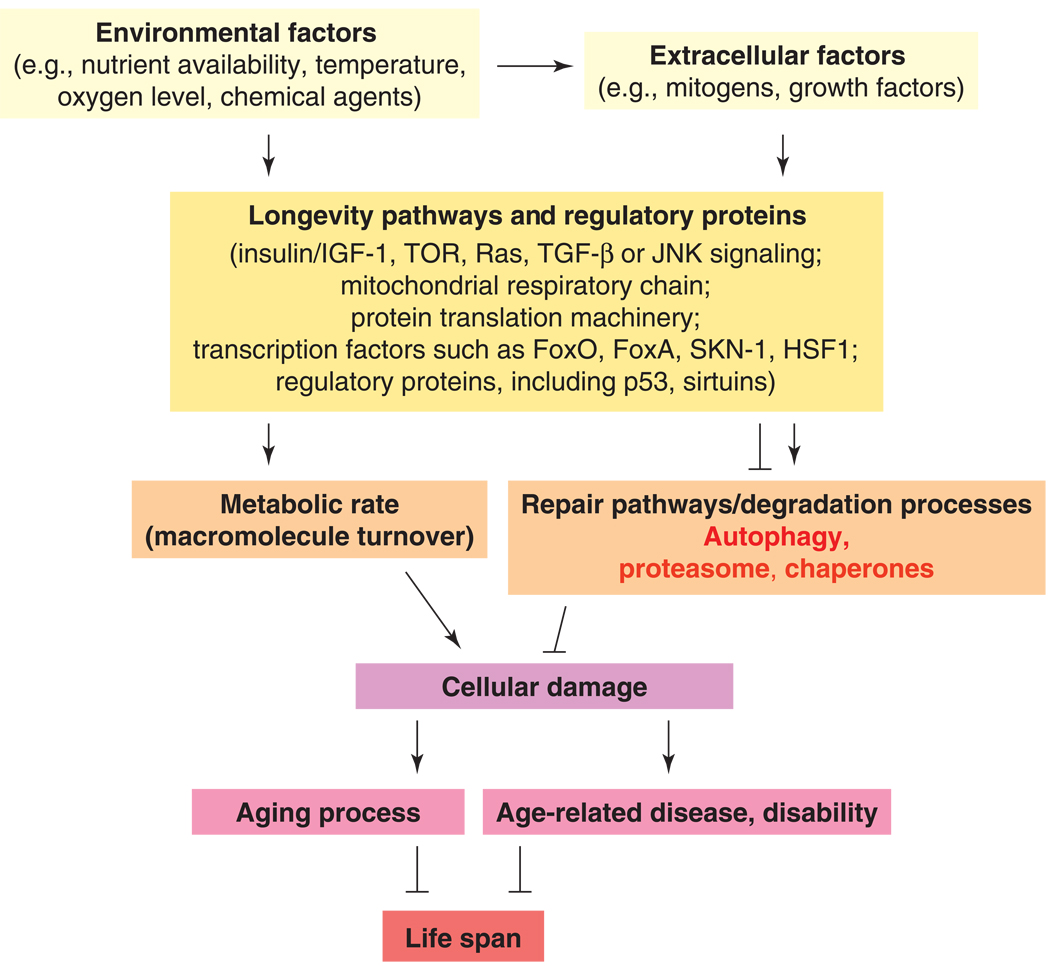Figure 2. The simplified mechanisms of aging control both by environmental and genetic factors.
The lifelong accumulation of random, unrepaired cellular damage drives the aging process in divergent eukaryotic organisms. The overall rate at which damage accumulates is influenced by metabolic rate and processes for maintenance and repair. Autophagy has a major role in eliminating cellular damage, but the proteasome system and molecular chaperones are also important. The activity of degradative processes is modulated by longevity pathways and regulatory proteins (transcription and chromatin factors). Environmental cues and intrinsic factors influence the activity of longevity pathways. Arrows indicate activations; bars represent inhibitory interactions. Both environmental and intrinsic factors may also directly affect the accumulation of cellular damage (not shown). Similarly, compromised degradation processes may lead to disease independent of cellular damage (not indicated).

